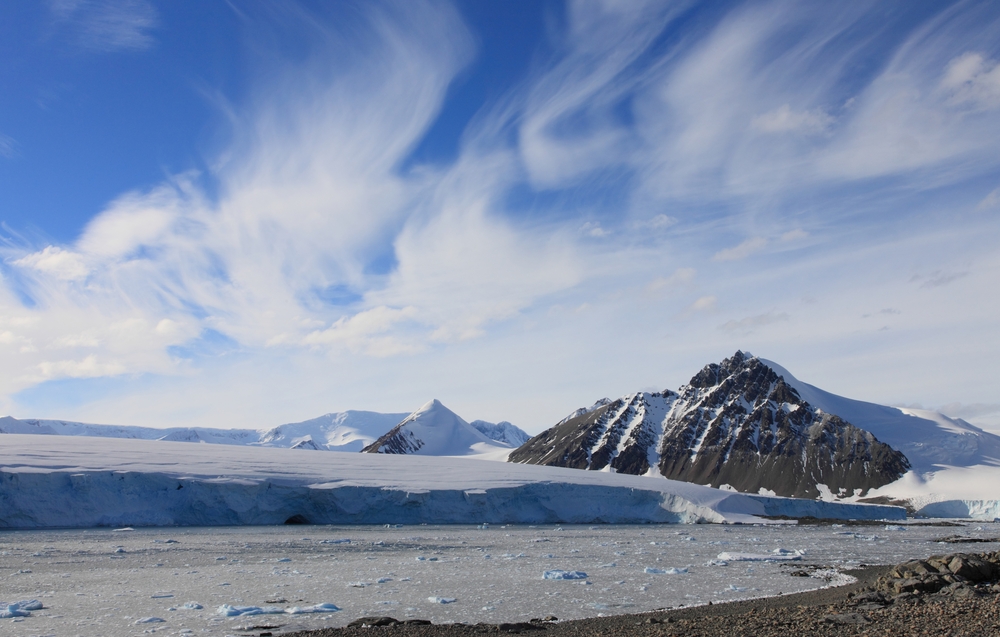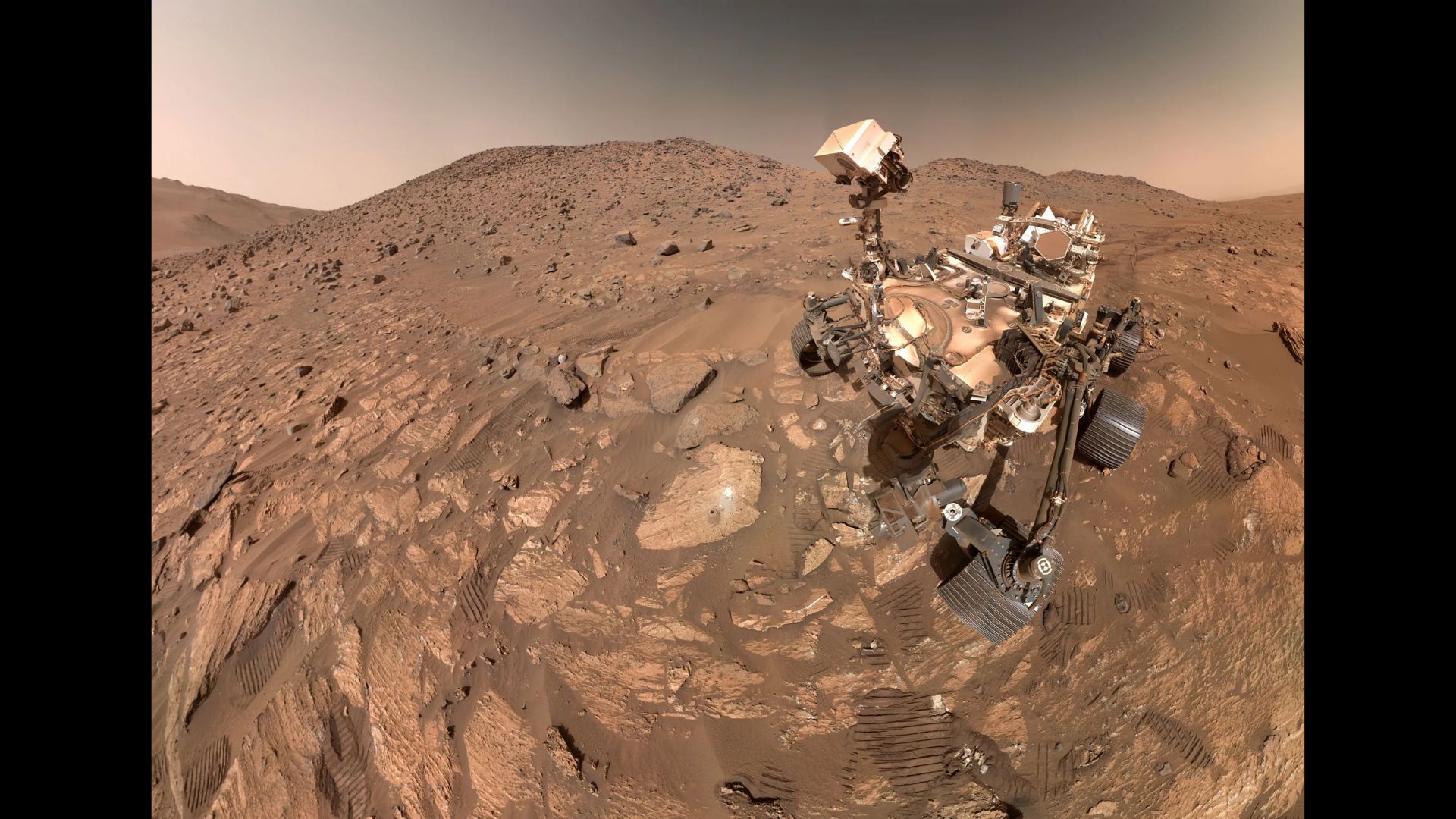Huge Hidden Landforms Under Antarctica Contribute to Ice Sheet's Melting

Enormous, mile-long (1.8 kilometers) landforms lie hidden beneath the Antarctic ice sheet, and these supersized subglacial masses may be contributing to the ice's thinning, according to a new study.
Ancient ice sheets in Scandinavia and North America that have long since retreated left behind numerous landforms that scientists have studied to learn how they impacted the ice sheets above. However, such formations had not been observed under modern-day ice sheets — until now.
Recently, a team of scientists discovered an active hydrological system below the Antarctic ice sheet. In their study detailing the discovery, the researchers revealed that these landforms beneath Antarctica are five times the size of those seen in Scandinavia and North America. [Antarctica Photos: Meltwater Lake Hidden Beneath the Ice]
Subglacial conduits are tunnels underneath large ice sheets that funnel meltwater toward the ocean. Conduits become wider near the ocean, and the scientists found that these wider tunnels accumulate sediment. In fact, sediment that builds up over millennia can create giant sediment ridges about the size of the Eiffel Tower, according to the researchers.
Using satellite data and ice-penetrating radar, the researchers found evidence of sediment ridges cutting into the Antarctic ice flow. These cuts from below leave deep scars that weaken the ice, the scientists said. The scars eventually form ice-shelf channels that are up to half as thin as the uncut ice; thinner ice is more susceptible to melting from the warmer ocean, the researchers added.
Previously, scientists thought that ice-shelf channels were carved as ice melts from the warmer ocean waters.
However, the new study "shows that ice-shelf channels can already be initiated on land, and that the size of the channels significantly depends on sedimentation processes occurring over hundreds to thousands of years," study lead author Reinhard Drews, a glaciologist at the Université libre de Bruxelles in Belgium, said in a statement.
Get the world’s most fascinating discoveries delivered straight to your inbox.
Though the discovery improves scientific understanding of how ice-shelf channels form, the researchers noted that this formation process is more complicated than scientists previously thought and requires further study.
Antarctica's hidden landforms were detailed in a study published online May 9 in the journal Nature Communications.
Original article on Live Science.



